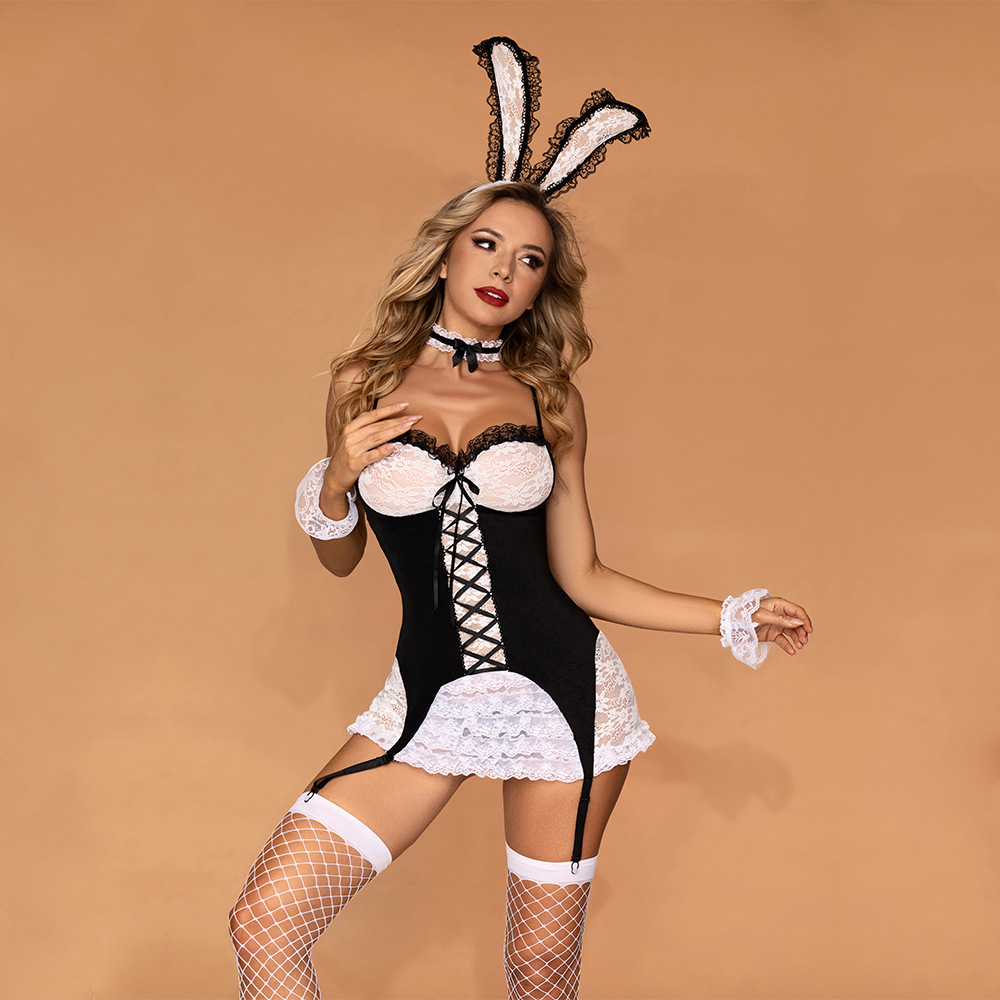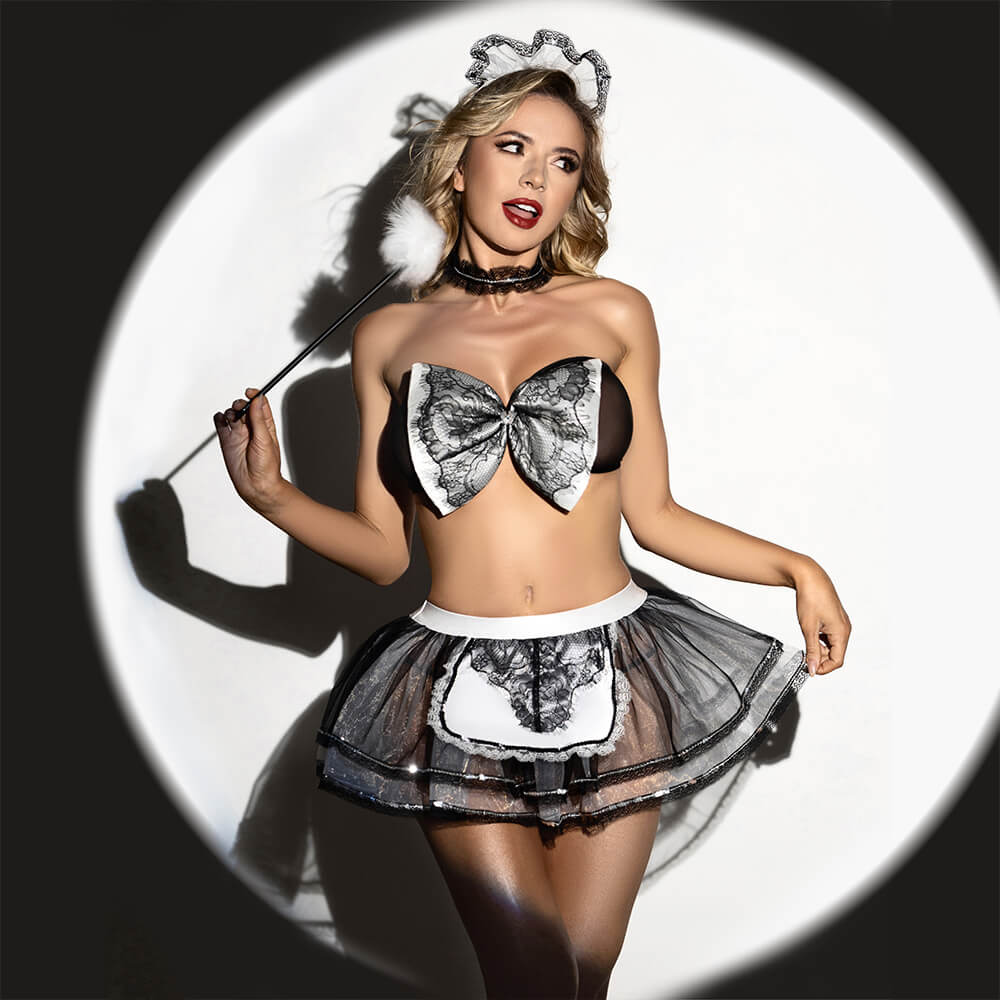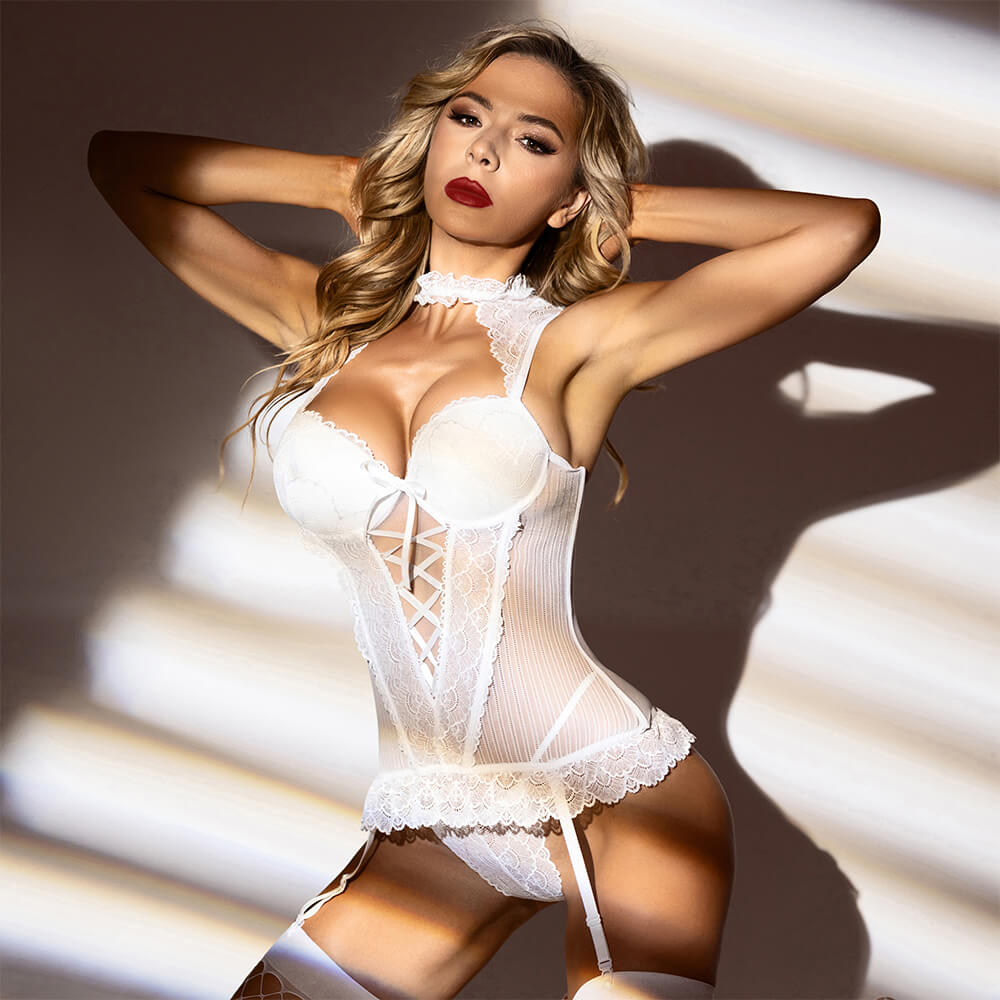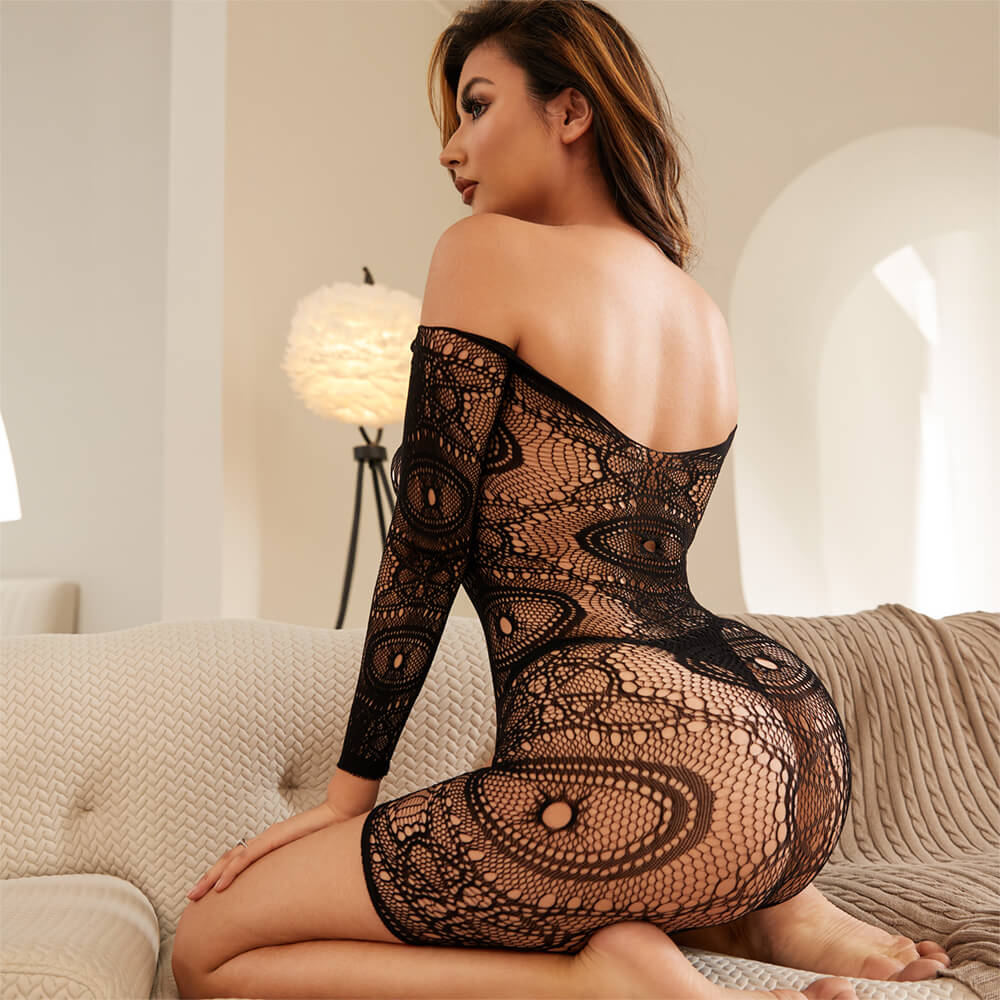What Are the Quality Requirements for Wholesale Erotic Apparel?
-
What Are the Quality Requirements for Wholesale Erotic Apparel? Key standards for materials, construction, testing, labeling, and QC systems.


What Are the Quality Requirements for Wholesale Erotic Apparel? This opening explains core quality needs for bulk erotic apparel buyers. Brands and retailers must insist on reliable materials, consistent construction, and clear compliance evidence. Manufacturers must supply measurable test data and reproducible production runs. Procurement teams benefit from documented sampling, graded patterns, and traceable batches. Quality failures raise return rates and brand risk quickly. Buyers who specify acceptance criteria reduce ambiguity at shipment. Clear communication about trims, elastic strength, and dye stability speeds approval. This initial overview frames the detailed checkpoints that follow for successful wholesale sourcing in this niche market.
Incoming material standards
What Are the Quality Requirements for Wholesale Erotic Apparel? requires strict incoming material standards at the factory gate. Factories should measure fabric GSM, stretch percentage, and tensile strength on delivery. Elastic and lace trims need fatigue and recovery testing under cyclical load. Dye lot information must accompany each roll for color matching and consistency. Textile certificates such as OEKO-TEX or equivalent reduce chemical risk. Suppliers should include test reports for formaldehyde, heavy metals, and banned azo dyes. Buyers should request holdbacks of critical components for future reorders. This incoming verification prevents off-spec materials from entering production and protects downstream quality and compliance outcomes.
Key production checkpoints and in-line inspections
Proactive in-line inspections catch defects early and reduce rework. Operators should perform seam integrity checks at pattern assembly stages. Stitch density and thread tension must follow approved specifications for each style. Placing stop points after critical processes prevents defects from compounding. Setting statistical sampling rules provides consistent acceptance metrics for batches. Plating and hardware installation require torque and pull testing per SKU. Visual inspectors should grade lace placement and pattern alignment under calibrated lighting. Documented rework steps and nonconformance reports support continuous improvement. Practical QC at every stage keeps reject rates low and protects wholesale margins for both parties.

Fit, grading, and sizing accuracy
What Are the Quality Requirements for Wholesale Erotic Apparel? includes strict fit and grading protocols to ensure consistent wear across sizes. Suppliers must base grading on verified base blocks and clear tolerance charts. Run-through samples should fit three body types to catch shape deviations early. Establish acceptable dimensional variance for bust, underbust, and hip measurements. Include stretch recovery limits for bands and waist elastic. Grade marks must transfer reliably between patterns and marker layouts. Prototyping several sizes reduces surprise fit failures during full-cut production. Clear size tables and SKU mapping reduce returns and improve wholesale reorder confidence.
Fabric performance: stretch, breathability, and finish durability
Fabric performance drives wearer comfort and product longevity in erotic apparel. Measure stretch ratio and recovery for all elastics and power meshes. Test breathability via moisture vapor transmission rates where frequent wear occurs. Assess abrasion resistance in areas of high contact like straps and closures. Validate coatings and finishes for wash durability and color retention. Run accelerated aging tests to model long-term wear behavior. Confirm trims resist chlorinated pool exposure if swim or pool adjacent use exists. Good fabric performance shortens customer complaints and reduces replacement costs for bulk buyers.
Hygiene, safety, and labeling compliance
What Are the Quality Requirements for Wholesale Erotic Apparel? covers hygiene, safety, and clear labeling requirements demanded by modern markets. Include fiber content and care instructions on permanent labels. Ensure flame retardant claims meet local regulations where applicable. Avoid small detachable parts that pose choking risks for certain markets. Test for nickel and allergen release on hardware when marketed as hypoallergenic. Provide washing icons and language-specific care notes for each destination market. Accurate country-of-origin and fiber disclosures support customs clearance. These compliance markers protect retailers from legal exposure and preserve consumer trust.

Testing protocols and third-party certification
Adopting standardized testing protocols reduces disputes between buyers and suppliers. Use accredited labs for fiber content, colorfastness, and chemical screens. Request antimicrobial finish validation and laundering cycle stability tests when applied. For hardware and closures, perform mechanical endurance cycles and salt spray tests for plated finishes. Ask suppliers for sample test reports and chain-of-custody documentation for critical inputs. Third-party certification carries more weight with large retailers and distribution channels. Certification shortens onboarding timelines and eases marketplace listing approvals. Investing in independent testing upfront prevents costly market withdrawals later.
List: Core inspection and certification items to request from suppliers
-
Fabric GSM, stretch percentage, and tensile strength reports.
-
Dye lot certificates and colorfastness test sheets.
-
Elastic recovery and cyclic fatigue test results.
-
Chemical safety certifications such as OEKO-TEX or equivalent.
-
Hardware pull, torque, and plating thickness reports.
Explaining the core inspection and certification list above clarifies priorities for procurement teams. Requesting these documents helps validate factory claims quickly. Prioritize tests that match expected product use and end-market rules. Use the list as a minimum requirement in initial RFQs and purchase orders. Suppliers who cannot provide these items should face conditional acceptance or staged sampling. This practice reduces the chance of large-scale rejects and speeds the path from sample approval to full production.
Packaging, presentation, and logistic protection
What Are the Quality Requirements for Wholesale Erotic Apparel? extends to packaging and logistics. Wholesale packaging must protect delicate trims like lace and feather without crushing them. Use acid-free tissue and padded dividers for premium items. Clearly mark cartons with SKU, size, and care symbols to avoid handling errors. Include packing lists and photos for random cartons on request. Ask for sealed polybags to reduce moisture ingress during transit. For returns handling, set clear rules about restockable versus non-restockable goods. Good packaging practices reduce damage claims and expedite shelf-ready presentation for retailers.
Comparative table: defect types, test methods, and corrective actions
| Defect Type | Test Method | Corrective Action |
| Color bleed | ISO colorfastness wash test | Hold dye lot, re-dye, or reject roll |
| Elastic failure | Cyclic fatigue test | Replace elastic source, re-test batch |
| Loose trims | Tensile and seam pull tests | Adjust stitch type, increase stitch density |
How buyers should use the defect comparison table when negotiating explains decision pathways. Use the table to define remediation steps in contracts and POs. Agree on test labs and acceptance timelines for corrective measures. Include cost-sharing rules for rework and replacement where root cause lies with supplier materials. This approach keeps disputes factual and resolves quality issues systematically.
JSY: Your Premier Erotic Lingerie Wholesale Partner
JSY (Jishiyuan Garment Co., Ltd.) has established itself as a leading force in wholesale intimate wear. With over 15 years of experience, JSY specializes in designing, manufacturing, and distributing intimate apparel. The company operates a modern 10,000 m² production facility with monthly capacity exceeding 200,000 garments. JSY’s commitment to quality is demonstrated through successful Sedex audits.
JSY’s comprehensive erotic lingerie wholesale services extend beyond simple product supply to include full business support for retail partners. The company offers design consultation, trend analysis, and customization services to help retailers differentiate their offerings. Advanced quality assurance programs ensure consistent product excellence, while flexible ordering options accommodate various business sizes and requirements.
JSY maintains strong relationships with fabric suppliers and component manufacturers, ensuring access to premium materials and innovative technologies. The company’s global distribution network enables efficient delivery to international markets, supported by experienced logistics teams. For retailers seeking reliable erotic lingerie wholesale partnerships, JSY provides the expertise, capacity, and commitment necessary for mutual success. We invite you to contact JSY today to explore how our comprehensive wholesale solutions can support your business growth and market expansion.

Quality documentation, traceability, and batch control
Traceability shortens problem isolation and reduces recall scope when issues occur. Request batch numbers for fabric, elastic, and trims on each shipment. Maintain retained swatches and sample garments for future reference. Require sewing line IDs and operator initials for lots where manual skill affects outcome. Use QR-linked documents to store certificates, test reports, and inspection photos. Implement basic batch tracking in procurement systems to map sales to production lots. This level of traceability saves time during investigations and preserves relationships through transparent resolution.
Sampling strategy and acceptance protocol
What Are the Quality Requirements for Wholesale Erotic Apparel? includes a staged sampling strategy to limit risk before mass production. Approve proto samples, pre-production samples, and first-piece inspections sequentially. Require clear deviation logs and threshold-based acceptance rules for each stage. For first production runs, insist on increased sampling rates and third-party inspection if necessary. Only release payment terms after acceptance criteria meet contractual thresholds. This procedural discipline reduces surprises and aligns supplier incentives with quality outcomes for wholesale partners.
Final checks, warranty terms, and long-term vendor evaluation
Final checks and warranty clauses formalize expectations for ongoing supply. Define simple warranty terms covering dimensional tolerance and trim failures for a set period. Monitor return rates and defective percentage monthly to benchmark supplier performance. Include periodic supplier audits and capability reviews as part of long-term contracts. Reward consistent vendors with preferred pricing tiers or first allocation on scarce inputs. These commercial levers help buyers sustain high quality while managing total cost. Good vendor evaluation practices create reliable supply networks for erotic apparel wholesale.

Frequently Asked Questions
What minimum test reports should a wholesale buyer demand before approving production?
Buyers should demand fabric GSM and tensile reports, elastic recovery and fatigue testing, and dye lot certificates at minimum. Chemical safety documentation such as OEKO-TEX or equivalent screening for harmful substances must appear. Hardware tests should include pull and torque results, especially for plated finishes. For featured coatings, submit antimicrobial or UPF validation as applicable. Request signed declarations and sample photos linked to batch numbers. A pre-production checklist that references these reports shortens approval cycles. Suppliers who cannot provide these items should face staged acceptance or conditional orders to protect wholesale buyers.
How do buyers set realistic AQL and sampling rates for erotic apparel?
Set AQL and sampling based on SKU complexity and price tier. Start with tighter AQL for delicate pieces with many trims. Increase sampling frequency for first production runs and reduce rates as vendor reliability improves. Use ANSI or ISO sampling standards as a baseline, then adjust for product risk and historical defect rates. Include critical defect definitions for safety issues that trigger 100% inspection. Track inspection outcomes over time to refine sampling plans. Communicate sampling rules clearly in contracts to avoid later disputes. A dynamic sampling strategy controls quality without excessive inspection cost.
What steps should a buyer take if a large shipment fails final inspection?
If a large shipment fails, document defects with photos and test results immediately. Quarantine the lot and notify the supplier with clear nonconformance reports. Request root cause analysis and corrective action plans within a set timeframe. Implement temporary holding of similar batches and increase sampling on subsequent shipments. Negotiate rework or replacement terms based on contractual clauses. Engage third-party labs for independent verification when necessary. Consider splitting future orders across multiple vetted suppliers during remediation. Practical, documented steps protect margins and maintain relationships while resolving issues efficiently.


